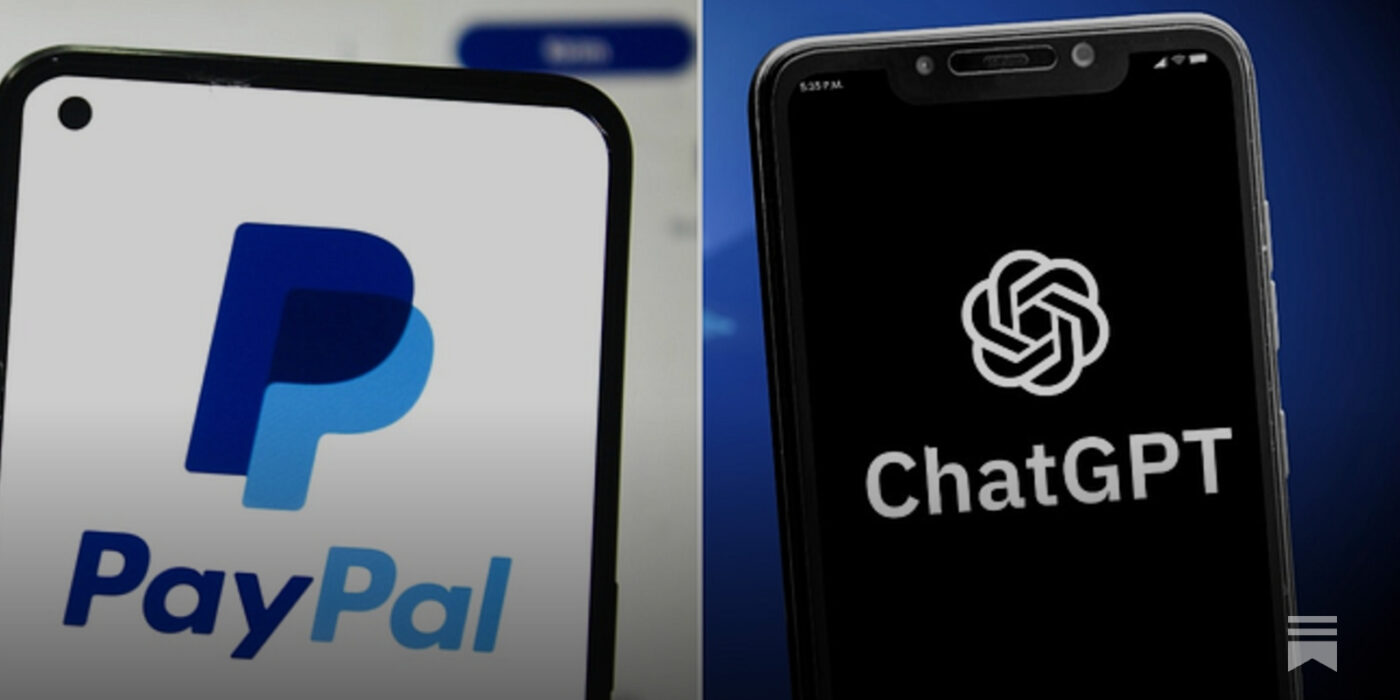Over the last 15 years of my career to date in PR, one thing I’ve discovered is that many brands underestimate the value of restraint. There are plenty of things that make campaigns succeed – the story, media relationships, timing, to name a few. But one factor that is often overlooked but that quietly makes or breaks results is the ability to stay silent when speaking would do more harm than good.
I’ve seen brands frustrate journalists by sending stories no one asked for. We’ve seen reputations crumble because spokespeople rushed to comment before they were ready. And I’ve seen companies protect trust simply by choosing not to add more noise.
Good PR strategy isn’t just about know what to say. It’s knowing when to speak, when to hold back, and when restraint will strengthen your credibility rather than weaken it.
Here are five moments when silence can make your PR stronger and your brand more powerful.
1. Feeding Journalists Stories They Don’t Want Damages Your Reputation
It’s true that more pitching can sometimes lead to more coverage, but only if the quality is consistent. When a single brand keeps sending out low-value or irrelevant stories, journalists start to see those emails as background noise. Even if you later have a great idea, it may never be opened because you’ve trained them to expect clutter.
You can see this dynamic in action whenever journalists complain publicly about irrelevant PR emails on social media. It’s not the one bad pitch that frustrates them, it’s the pattern. The moment they stop trusting that your name equals a worthwhile story, your access to their inbox shrinks dramatically.
What to do instead: Be selective about what you pitch. Make every story useful and relevant to the journalist’s beat. The goal isn’t to appear often, it’s to appear worth reading every time.
2. In a Crisis, Silence Can Sometimes Be Golden
When negative press hits, the instinct is to respond immediately, but reacting without clarity can make things worse. Rushed statements can add confusion, trigger new headlines and give journalists extra angles to explore. What might have passed as a small or short-lived story can quickly turn into a rolling narrative simply because the brand kept feeding it.
Silence, used carefully, can be a strategic pause rather than avoidance. It gives you the space to verify facts, align internally and consider tone before stepping into the conversation. When you eventually do speak, your words carry more credibility and are far less likely to fuel further scrutiny.
What to do instead: Take a breath before responding. Ask whether speaking now will genuinely calm the situation or simply prolong it. Waiting until your facts, tone and message are clear almost always helps contain a crisis rather than extend it.
3. Speaking Too Often Teaches Journalists to Ignore You
Pitching consistently is part of good PR, but pitching too frequently from the same brand is counterproductive. Journalists become overwhelmed, and if the quality isn’t strong every time, your name starts to signal noise rather than substance.
In recent years, tech reporters have spoken openly about “AI fatigue” as they receive dozens of generic AI pitches each day. Many now admit they skim straight past them unless a brand has a clear, unique insight. It’s a perfect example of how constant communication without quality control can damage visibility rather than improve it.
What to do instead: Keep frequency under control and focus on strength. Only pitch when you have something genuinely new or useful to say. Journalists remember the people who respect their inbox, not the ones who fill it.
4. Knowing When to Speak Can Be the Difference Between a PR Hit and a Flop
A great story told at the wrong moment can still flop. Timing matters as much as content. Sometimes it’s smarter to stay quiet for a while because journalists are overloaded, the news cycle is dominated by bigger events, or your topic might look insensitive given what else is happening in the world. Equally, staying silent when the timing is right can mean missing out on coverage you could have owned.
Marks & Spencer understood this perfectly with its now-famous “strawberry sandwich” stunt during a quiet summer period. It was quirky, visual and had nothing major competing for attention, which allowed the story to dominate lifestyle and consumer sections for days. The same idea dropped during a major news week would have vanished instantly.
What to do instead: Be selective about when you speak. Read the news cycle and pick your moment carefully. Avoid competing with bigger stories or launching during heavy news days. When timing and story align, your silence beforehand pays off.
5. Saying Less Helps Journalists See the Real Story
Sometimes brands talk so much that they bury the very thing they want people to notice. Press releases become heavy with corporate language, background context and internal messaging until the actual news is almost impossible to spot. Journalists don’t have time to dig through paragraphs of brand positioning to find the point, so they simply move on to a clearer story.
When a company communicates in this way, it doesn’t sound confident or informative – it sounds unsure of what really matters. Over-explaining, qualifying and repeating yourself often dilutes impact rather than adding to it. Simplicity and precision are what make a story stand out.
What to do instead: Edit ruthlessly. Identify the single point that matters most to the journalist and their audience, and make that your headline. Everything else should earn its place or be removed. Say less, but make every word count.
Knowing When to Speak and When to Stay Silent Can Protect Your Brand’s Reputation
Strong PR isn’t about saying less, it’s about saying the right thing at the right time. Taking the time to plan, test and refine your approach often achieves far more than rushing to fill a gap in the conversation. Thoughtful timing and clear strategy make your voice sound deliberate, not reactive.
Brands that take this approach build stronger journalist relationships, avoid unnecessary risk and achieve greater impact when they do go public. Every story, quote or comment either builds credibility or chips away at it, and a well-timed, well-judged approach ensures it always does the former.
In a media landscape that rewards clarity and purpose, the brands that cut through aren’t necessarily the ones that speak first or loudest – they’re the ones that take the time to think, prepare and communicate when it really counts.
Need Help Positioning Your Brand Through PR?
If you’re unsure how to strike the right balance between visibility and restraint, Koozai can help. We work with brands to craft PR strategies that combine timing, relevance and precision so your voice is heard for the right reasons.
Get in touch today and let’s make sure your next story is one worth talking about.







Leave a Reply